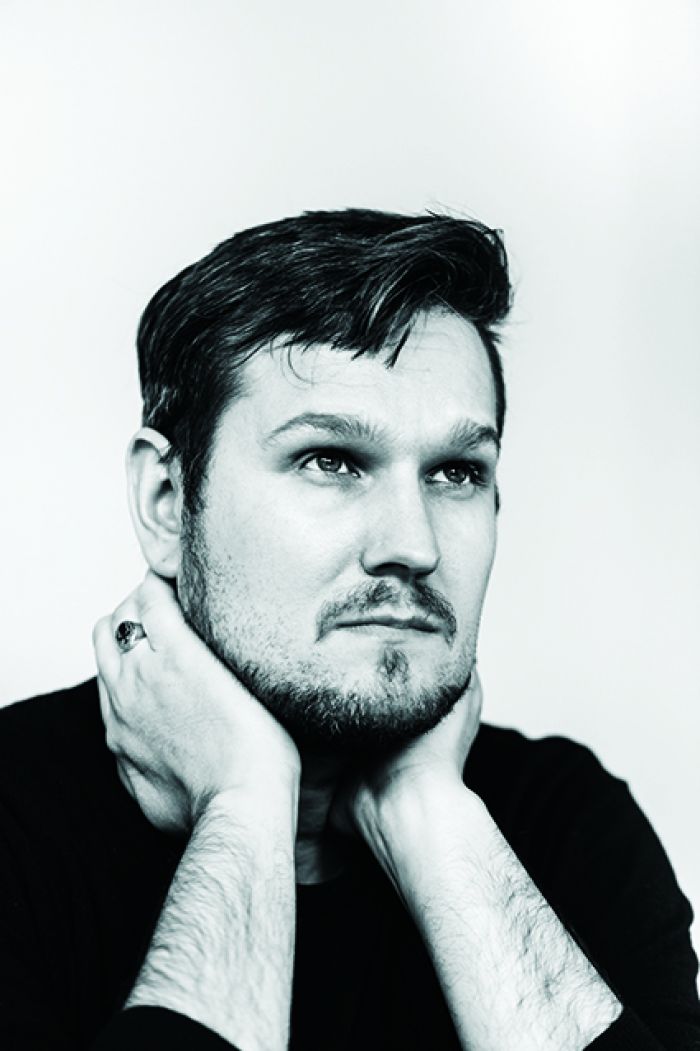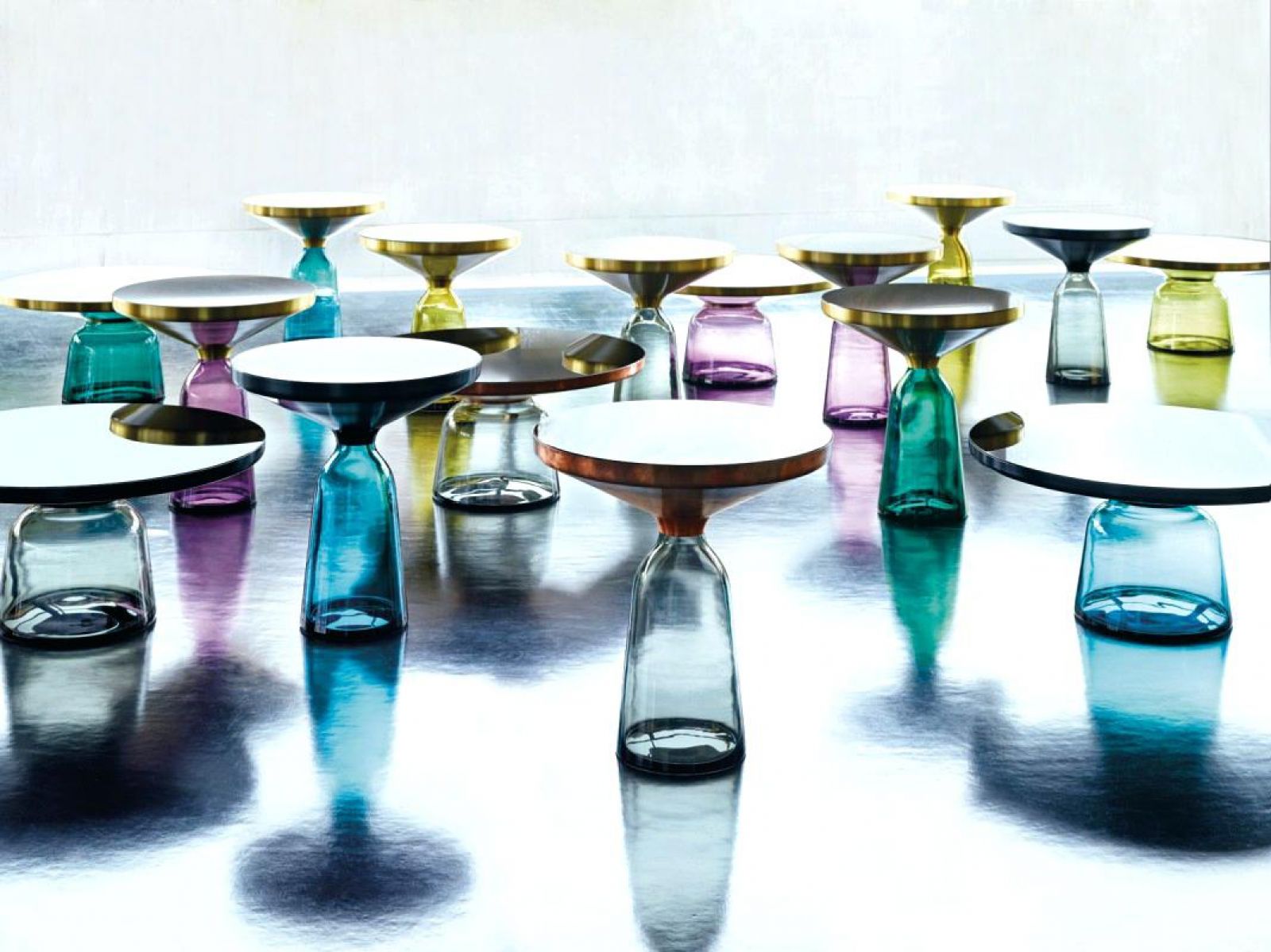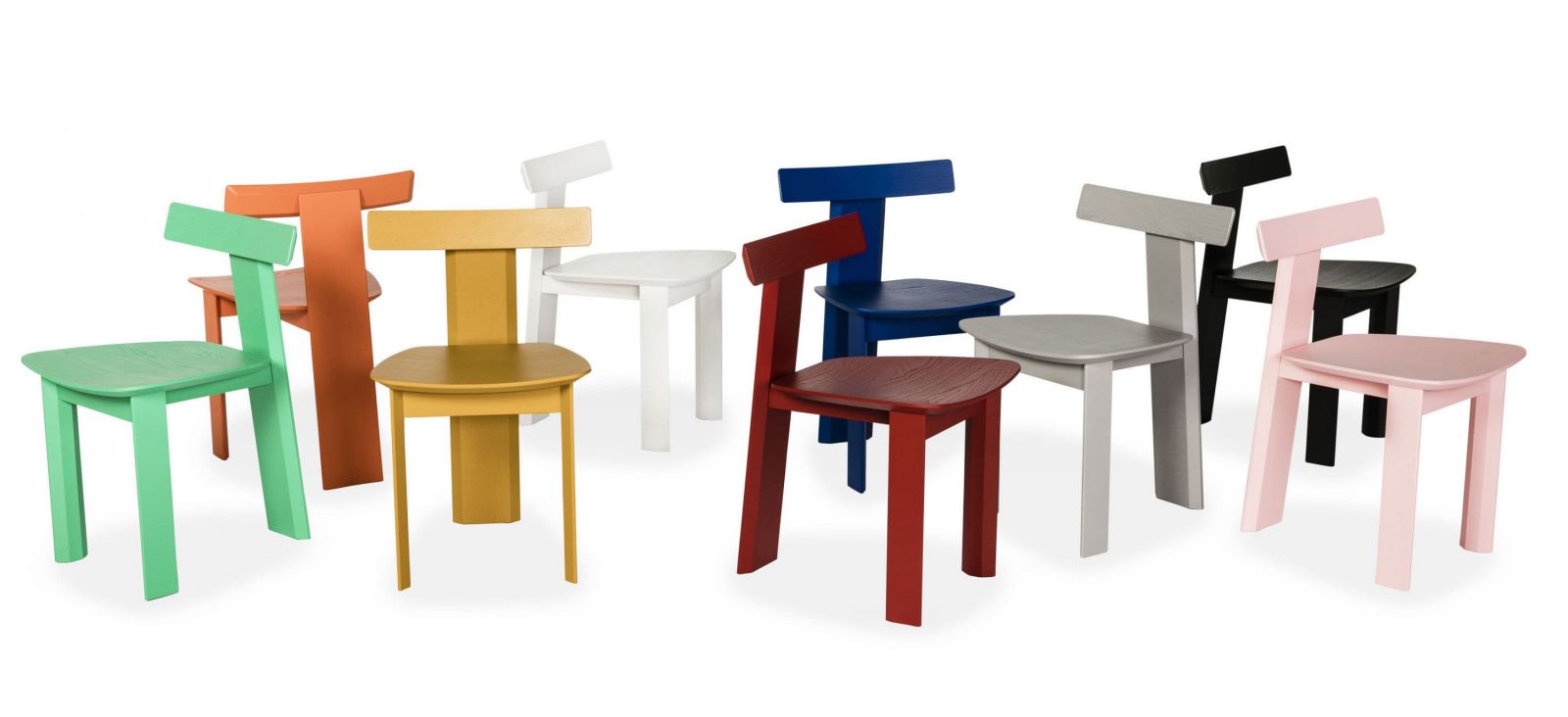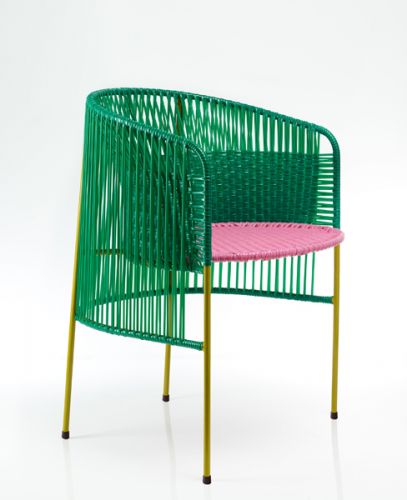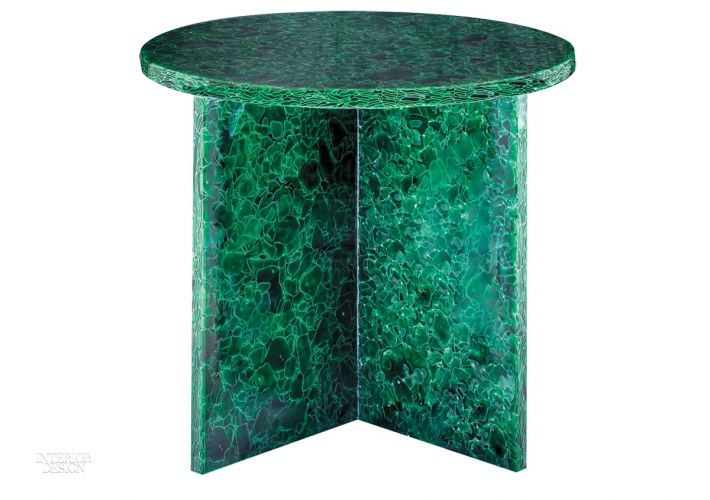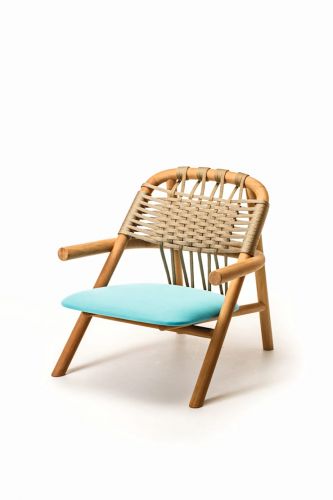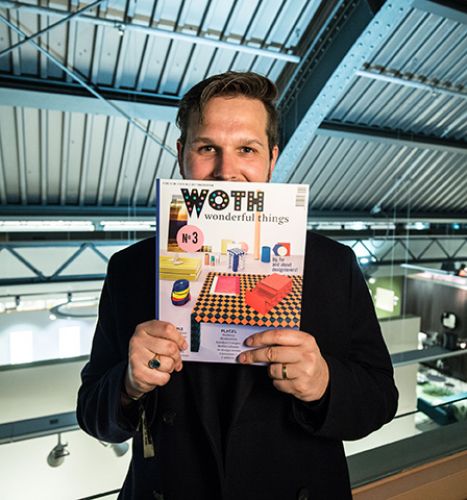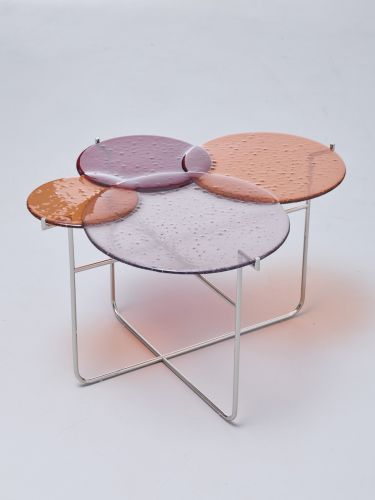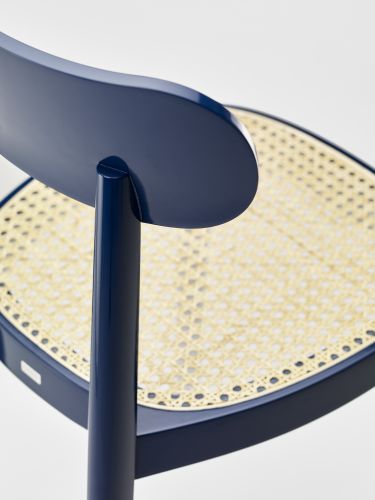travel
‘Working hard is a not really a punishment, but more like a passion thing to me. I travel a lot and take in inspiration from those journeys. This week for instance I am travelling from Utrecht back to Offenbach and then on to Vienna, Prague and Berlin. I tend to travel three or four months per year to keep in touch with clients, presenting lectures and visiting fairs. But what I really like and value most is what I call intercultural inspiration, when you are able to stay longer and have more intensive experiences: drinking the local beer, listening to local music and learning from craftsmen, like I did when I stayed in Zimbabwe and Colombia for workshops. At the end of the day, design is always about communication and culture. Product development starts with communicating with clients and talking to the managers and craftspeople in the factory. I am not a typical designer living in a white space. I think I grew into a different kind of designer because I have always been interested in traveling, taking home many different objects and mementoes. I guess it made me feel less tied to German design history, in which functionality and modernism have been very dominant for a long time.’
